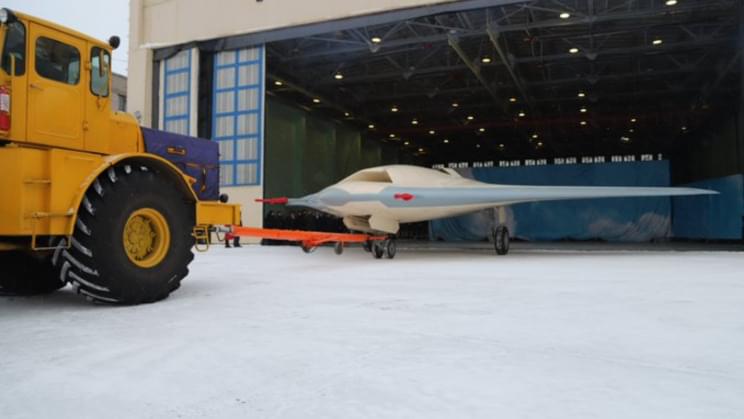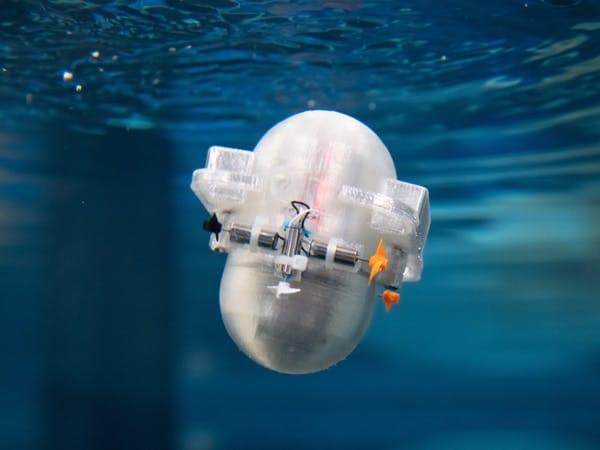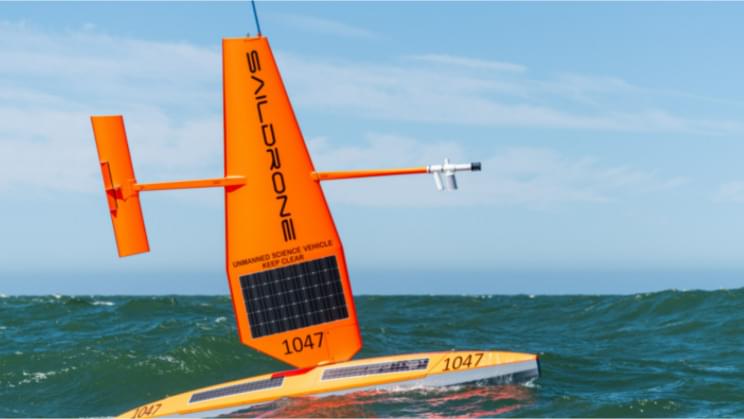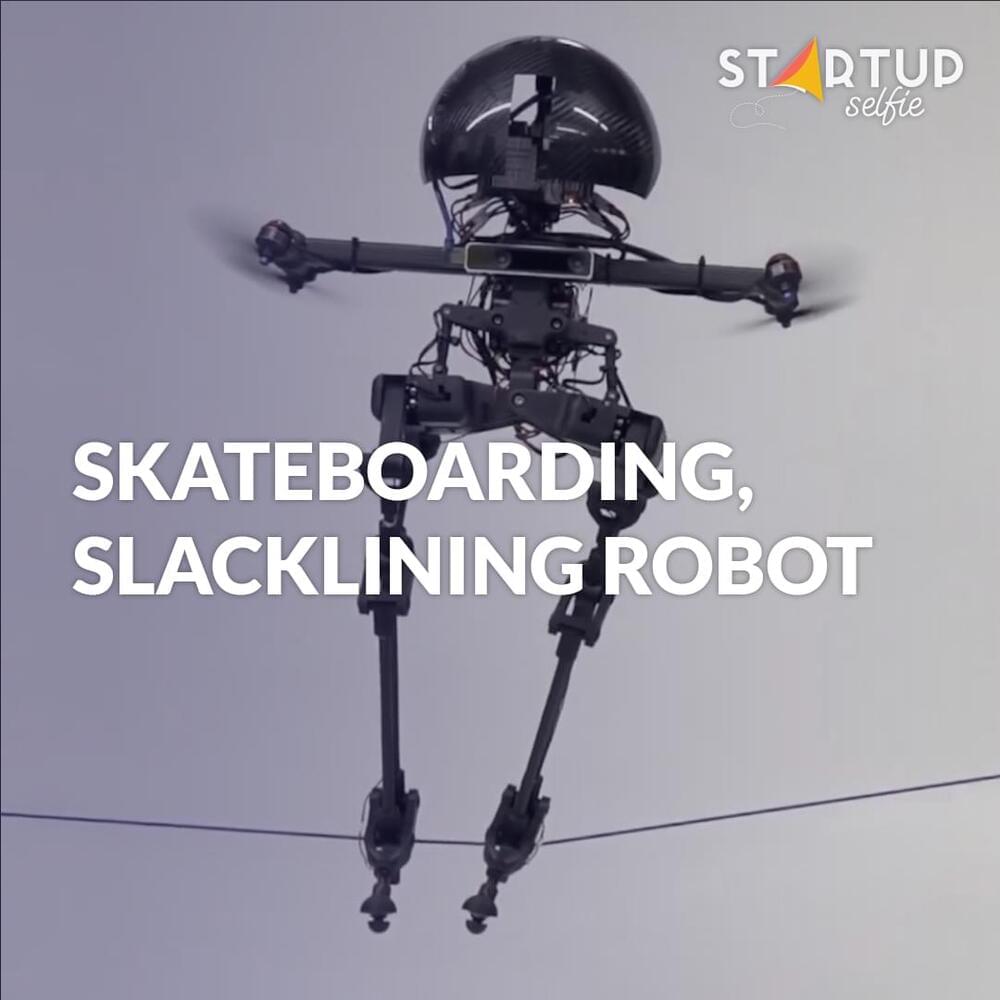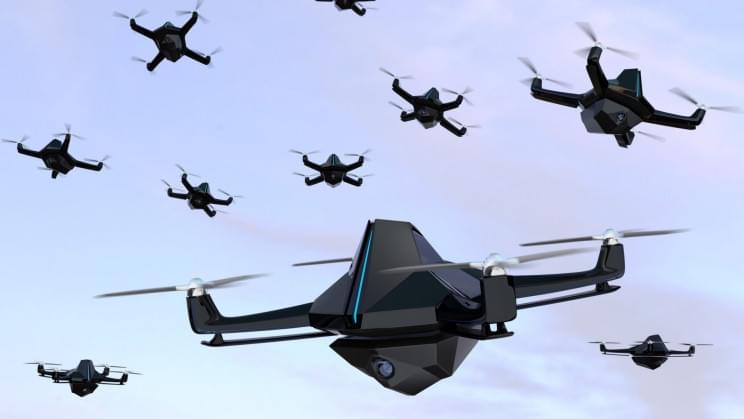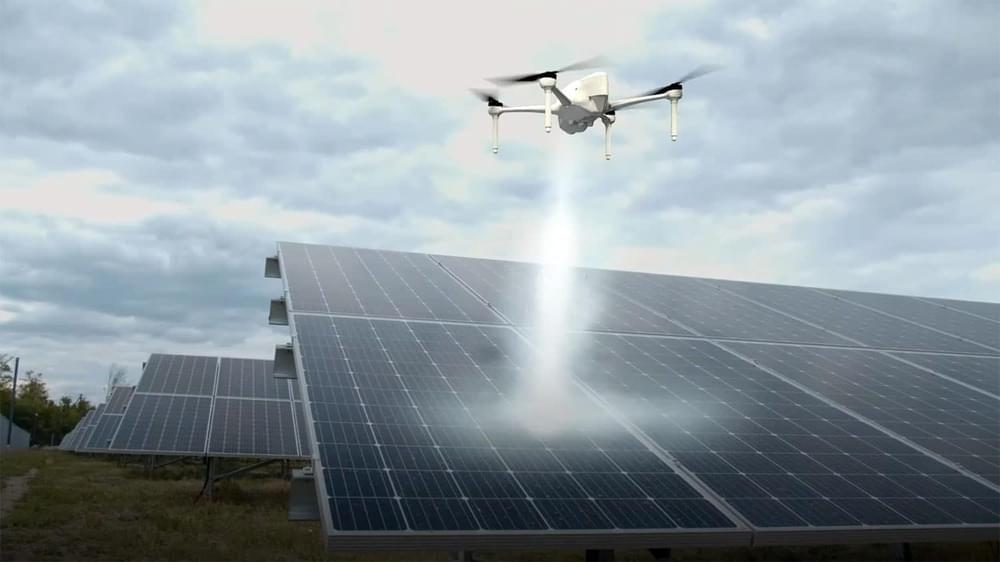HD video isn’t the only thing Saildrone captured. Data from the heart of the storm could help researchers, too.
Category: drones – Page 54
To sign up, go to http://brilliant.org/ProRobots/ and register for free.
Also, the first 200 people who click this link will get 20% off a year’s Premium subscription.
✅ Instagram: https://www.instagram.com/pro_robots.
You are on the channel PRO Robots and in this view we present to your attention the news of high technology. Robots as people: the most realistic robot humanoid in the world, luxury patching cars of the future, xenobots — nanorobots that have learned to multiply, nanochip for reprogramming living matter, drones with legs, universal robots, robotic cleaners and other high-tech news in one video! Watch the video to the end and write in the comments, which news seemed the most interesting?
0:00 In this video.
And it’s likely to meet its 2024 deadline.
United Aircraft Corporation (UAC), a subsidiary of Rostec, the Russian state corporation that supports military manufacturing, has unveiled the first flight prototype of its S-70 Okhotnik combat drone, Tass reported. The unveiling that took place on Tuesday was attended by Russia’s Deputy Defense Minister, Alexey Krivoruchko.
The Okhotnik, Russian for Hunter\.
Further exploration of the unknown worlds of the deep sea may soon be possible, along with low-energy monitoring. Engineers at Caltech, ETH Zurich, and Harvard are developing an AI that will allow autonomous drones to navigate using the ocean’s currents rather than struggling to move through them.
According to one of the authors of a recent paper published in Nature Communications 0, John O. Dabiri, communications with robots exploring at depths of 20,000 feet is near impossible. They are difficult to control via joystick, and researchers are unable to feed them data about local ocean currents. So it becomes necessary for ocean-borne drones to be able to make their own decisions and move by themselves.
Cyber attackers could target 3D printed objects in health care, aerospace, and other fields.
Cybersecurity researchers at Rutgers University-New Brunswick and the Georgia Institute of Technology have proposed new ways to protect 3D printed objects such as drones, prostheses, and medical devices from stealthy “logic bombs.”
The researchers will present their paper, titled “Physical Logic Bombs in 3D Printers via Emerging 4D Techniques,” at the 2021 Annual Computer Security Applications Conference on December 10, 2021.
The same Saildrones captured the first-ever video from inside a major hurricane from sea level in September.
Six autonomous Saildrones are taking off on a six-month journey to tackle some of Earth’s most challenging ocean conditions, in order to improve climate change and weather forecast computer models, reported CNN.
They will travel to the Gulf Stream throughout the winter months where they will collect data about the process by which oceans absorb carbon (carbon uptake). So far, the numbers on this type of activity have only been estimates produced by statistical methods that cannot, therefore, be relied upon.
“This Saildrone mission will collect more carbon dioxide measurements in the Gulf Stream region in winter than has ever been collected in this location and time of year,” said Jaime Palter, a scientist at the University of Rhode Island who is co-leading the research.
“With this data, we will sharpen our quantification of ocean carbon uptake and the processes that enable that uptake in this dynamic region.”
✅ Instagram: https://www.instagram.com/pro_robots.
You are on the PRO Robots channel and in this form we present you with high-tech news. What can Google’s army of robots really do? Can time turn backwards? Catapult rockets and a jet engine powered by plastic waste. All this and much more in one edition of high-tech news! Watch the video until the end and write your impressions about the new army of robots from Google in the comments.
0:00 In this issue.
0:23 Everyday Robots Project.
1:20 California startup Machina Labs.
2:01 Aero cabs try to become part of transportation systems.
2:47 Renault decided to create its own flying car.
3:39 Startup Flytrex.
4:32 Startup SpinLaunch.
5:28 A rocket engine powered by plastic waste.
6:10 NASA launched the DART mission into space.
7:02 Parker Solar Probe.
7:48 Fitness Instructor Winning a Flight on Virgin Galactic’s Space Plane.
8:24 Quantum experiment by MIT physicists.
9:28 Quantum systems can evolve in two opposite directions.
10:19 Apple to launch its augmented reality headset project.
10:58 The world’s first eye prosthesis fully printed on a 3D printer.
11:38 South Korea announced the creation of a floating city of the future.
12:30 Moscow City Council approved the list of streets available for unmanned transport.
13:15 SH-350 drone of Russian Post from Aeromax company has successfully made its first test flight.
14:00 Concern “Kalashnikov” patented its own version of a miniature electric vehicle.
#prorobots #robots #robot #future technologies #robotics.
And it can be used on any aircraft that uses electric propulsion.
The Defense Advanced Research Projects Agency (DARPA) has funded a company called Electric Sky to build a prototype for a wireless charger for its drone swarms.
The concept of wireless power has been around for many years now, and innovators have used different techniques such as lasers and microwaves, to name a few. The most common complaint of these techniques, however, is that the charging gets weaker as the distance between the transmitter and the receiver increases. Seattle-based Electric Sky has proposed a solution that addresses this issue.
A brand new wireless charging technology The company calls its technology, Whisper Beam, the electromagnetic equivalent of a whispering gallery. As the company’s CEO Robert Millman explains in the press release, “In a whispering gallery a single listener across the room can hear the speaker but no one else can, not even people standing directly between the speaker and listener. The sound is too weak for them to hear.”
Full Story:
Israeli drone manufacturer Airobotics has collaborated with Israeli solar farm services company Solar Drone to develop and supply to Solar Drone a unique solar panel cleaning drone system. The fully automated system will include a drone docking station for automatic battery replacement and cleaning fluid replenishment, enabling the system to operate continuously.
While solar power and solar panels are essentially maintenance-free systems, but solar panels do require cleaning from time to time to enable proper function. Dirt, dust, mud, and bird dropping greatly reduce solar panel efficiency, impacting power output. Frequent cleaning is expensive and time-consuming, especially when panels are remote, difficult to access, or difficult to clean.
A new “drone-in-a-box”-type system is now being developed to do this job. A quadrocopter is housed inside a weatherproof dock located near the solar panels. At regular intervals, the station doors on top will open, releasing the drone. The drone will then take off and fly up to the panels, using LiDAR sensors and mapping cameras for more accurate positioning. Each panel will be sprayed with a cleaning fluid, and after completing the task, the drone will return to the docking station. If necessary, the robotic system will replace the discharged battery with the charged one and replace its cleaning fluid container with a full one.


